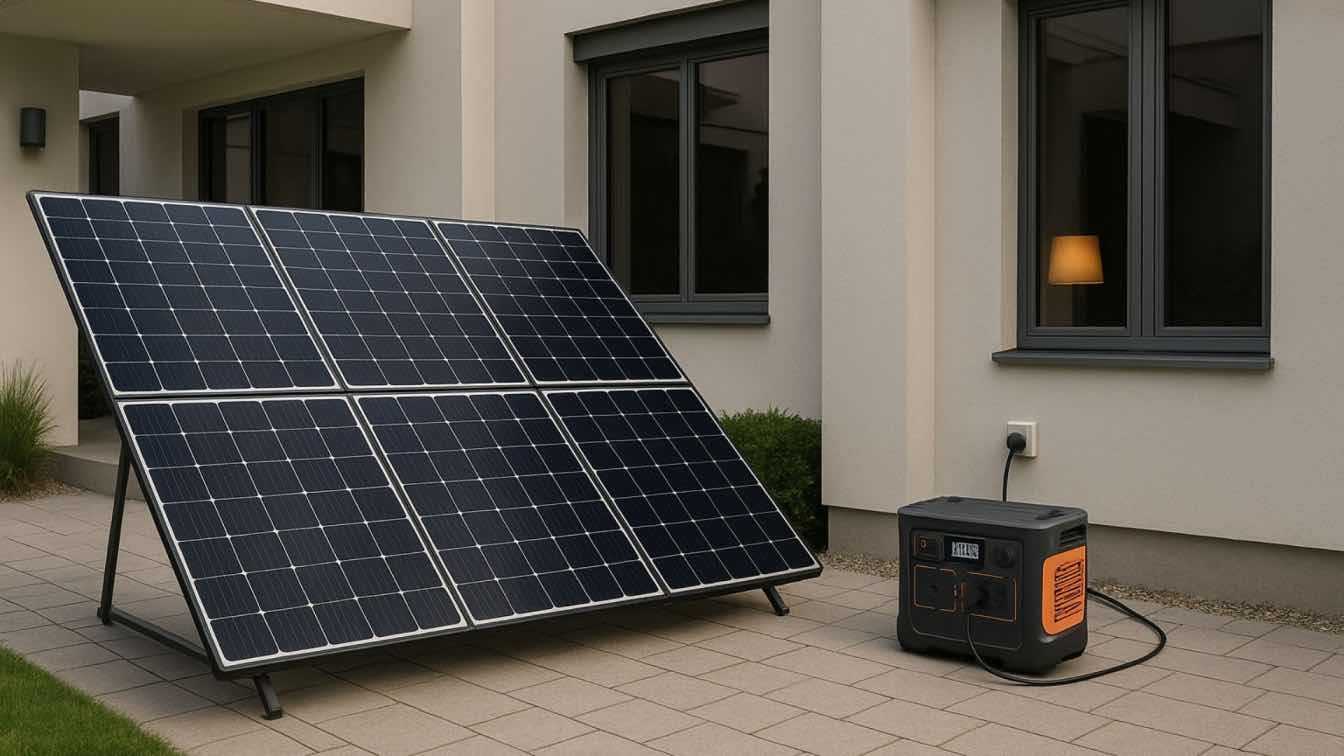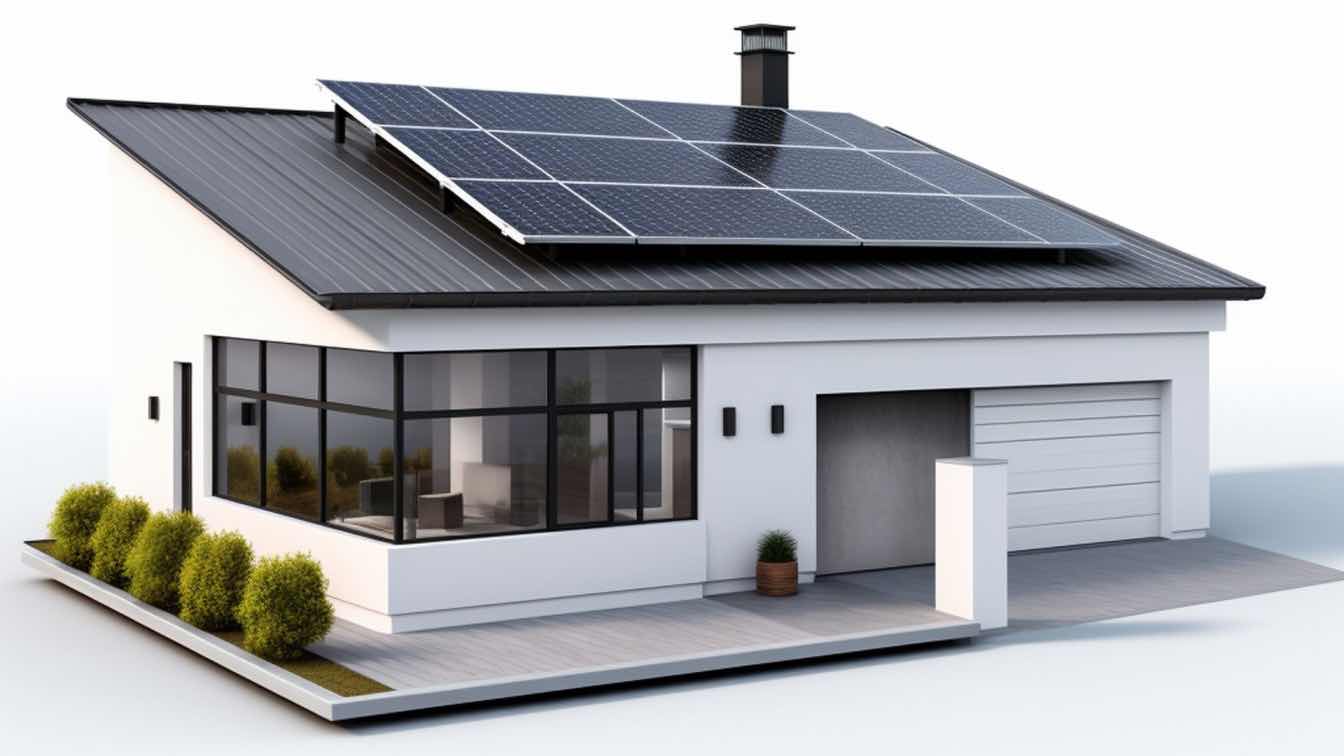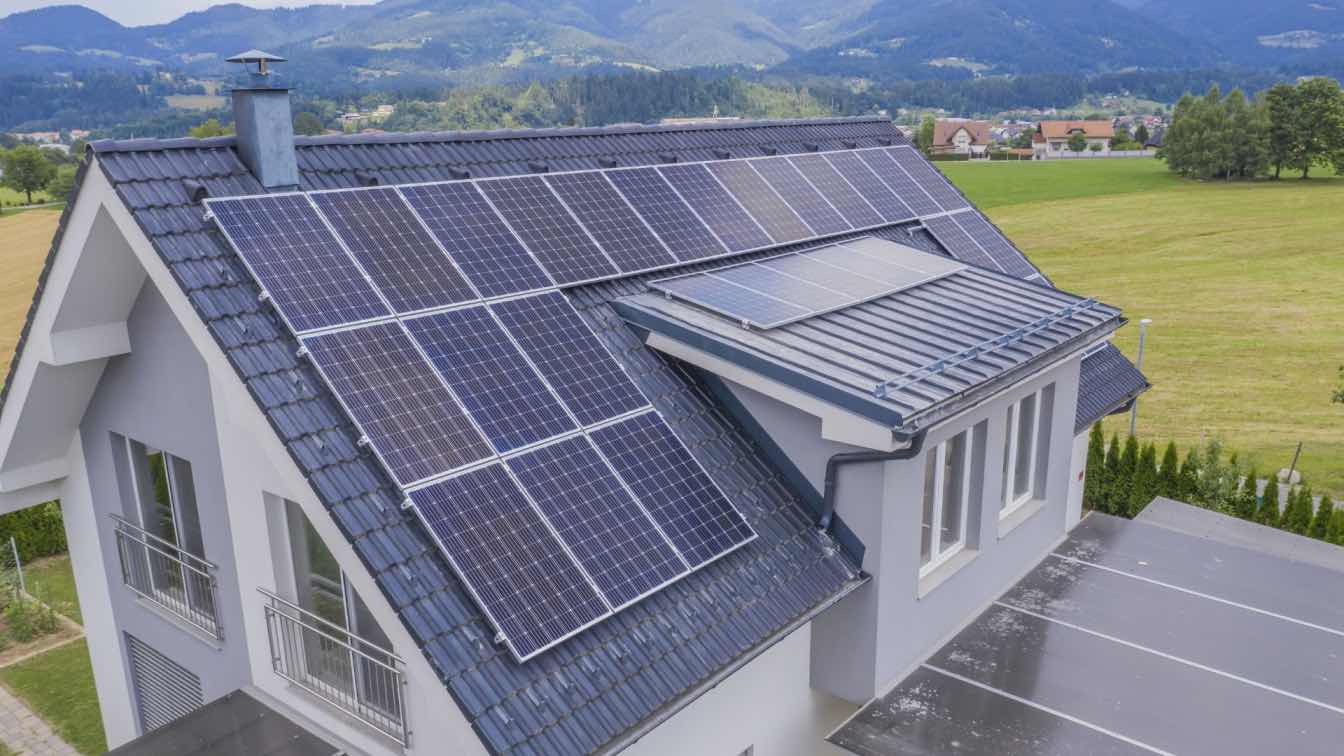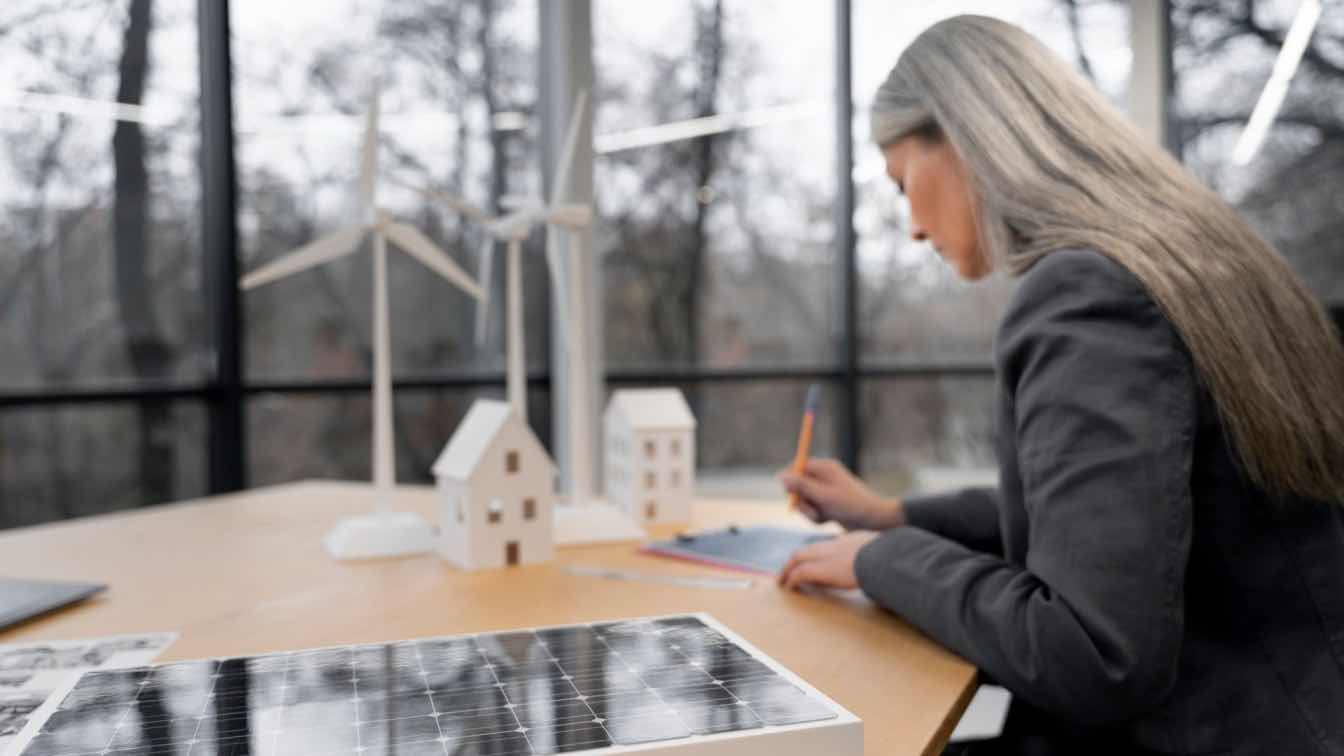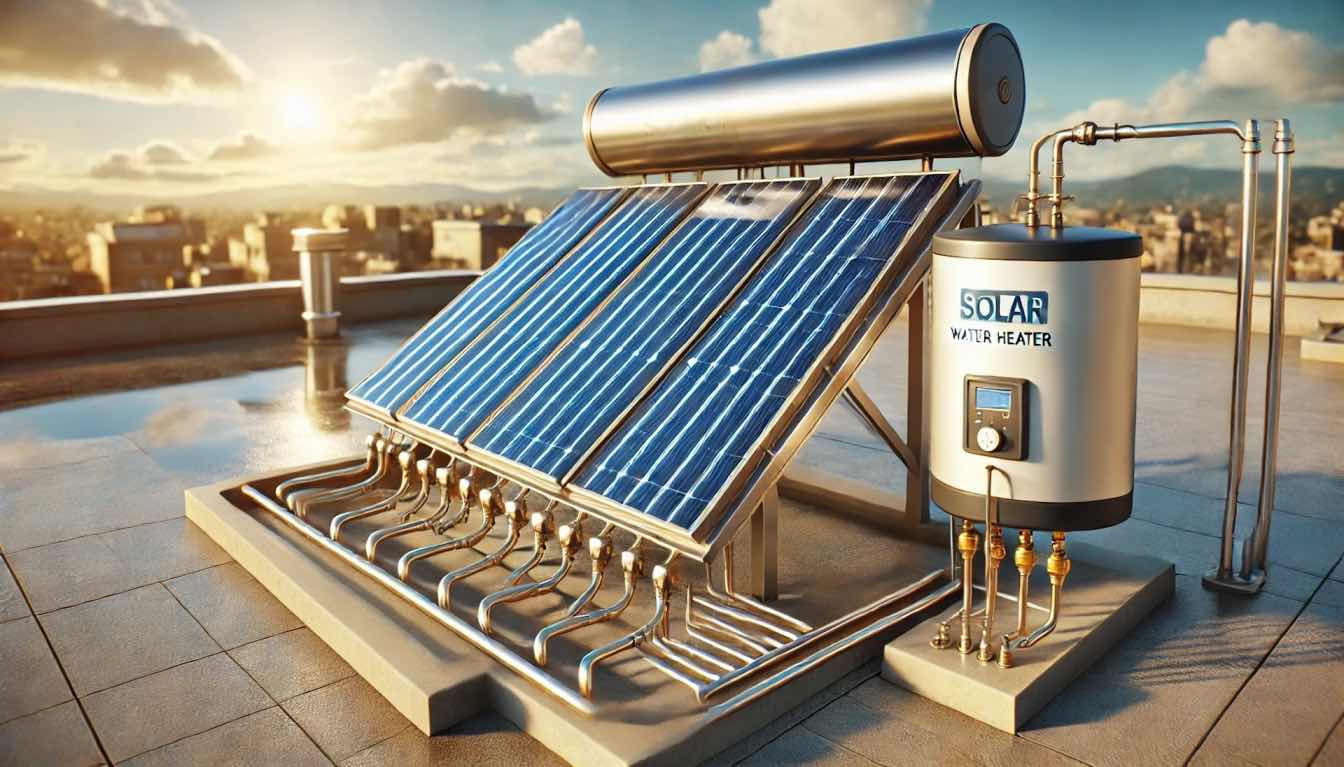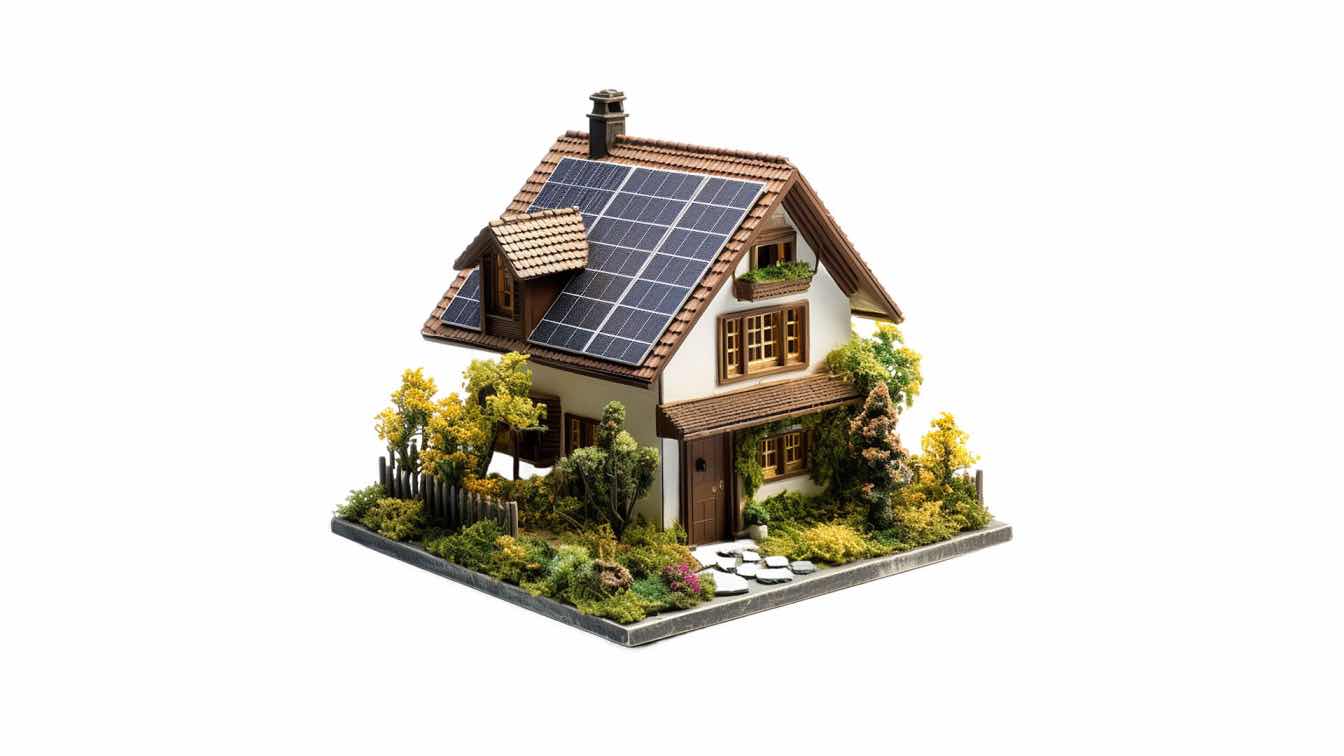As power outages become increasingly common in our climate-challenged world, solar generators represent a crucial evolution in home energy security. These systems fundamentally transform how we approach backup power, offering unmatched reliability without the environmental impact of traditional solutions.
Written by
Liliana Alvarez
Photography
Amazing Architecture
Solar panels can provide long-term savings, increased energy independence, and environmental benefits. However, it's crucial to weigh the upfront cost, your home's location, and ongoing maintenance before making the leap.
Written by
Liliana Alvarez
The solar revolution is taking over everywhere, and Salem, Massachusetts, is no different in this case. The city receives good sunshine, especially during the summer, allowing you to harness its energy through advanced solar technologies.
Written by
Liliana Alvarez
Integrating solar technology into modern architecture requires careful thought about aesthetics, regulatory compliance, structural issues, and financial aspects.
Written by
Liliana Alvarez
Switching to a solar hot water system offers a range of benefits, from reducing energy costs to supporting environmental sustainability. With Australia’s abundant sunlight, solar hot water is an ideal solution for homeowners looking to lower their utility bills while minimising their carbon footprint.
Written by
Karen Bantasan
Photography
Amazing Architecture
Discover how solar energy can be harnessed to produce renewable gas for millions of homes, reducing carbon emissions and offering a sustainable energy solution for the future.
Written by
Liliana Alvarez
Are you considering turning your home into a beacon of sustainability and cost-efficiency? There's never been a better time to let the sun in on your energy bills! With the sun shining brighter on the solar energy sector, homeowners find harnessing this clean, inexhaustible resource increasingly appealing.
Learn how to integrate solar power into modern home designs with the latest technologies, architectural tips, aesthetic solutions, and financial benefits. Explore inspiring case studies and future trends in sustainable living.

